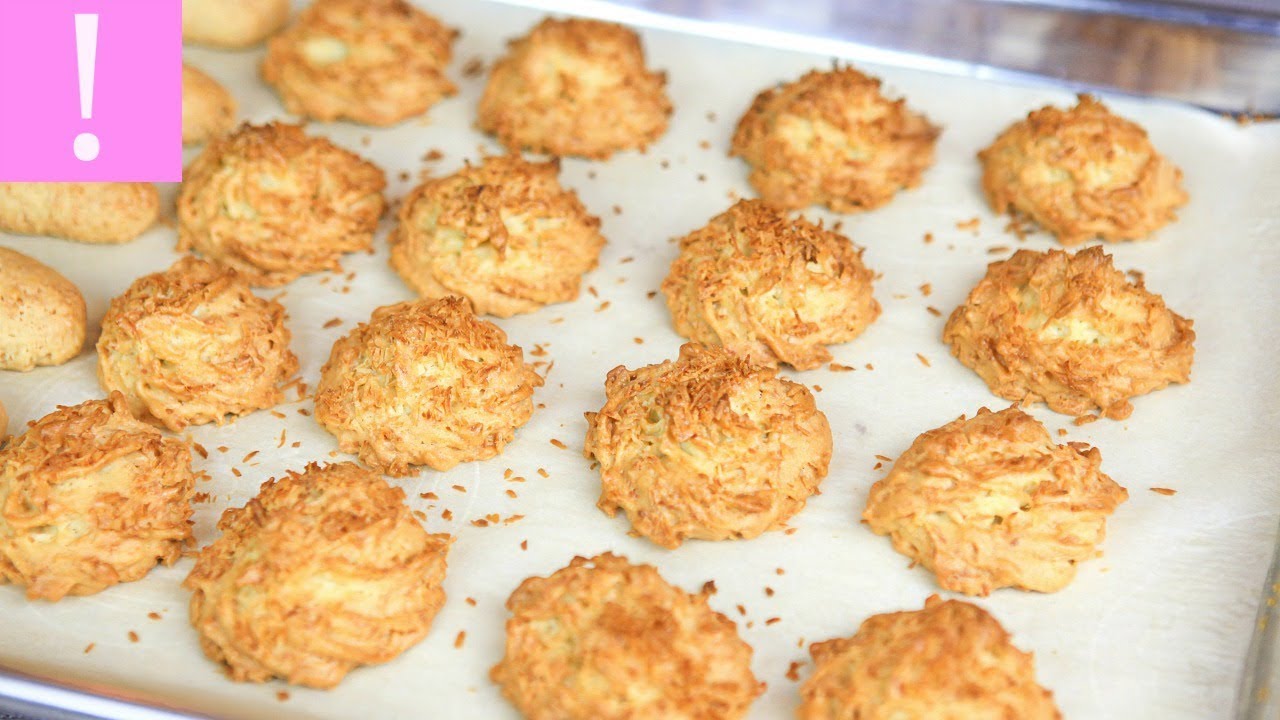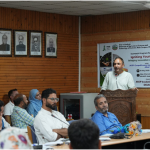Mastitis is an inflammation of breast tissue that’s common among breastfeeding moms.It can progress into a bacterial is infection if it’s not treated right way.Infact,1 in 10 Moms may develop it while nursing. Mastitis may only affect one breast at a time or — occasionally — both.If you’re breastfeeding,it’s called”Lactation Mastitis”.
Usually, mastitis starts when milk becomes backed up in a particular area ofyour breastand then becomesinfected.This may happen if you arepersistently engorged.Alternatively,bacteria may enter the breastthrough cracked nipples and other skinirritation.Other Causes of mastitis include:
1.Pressure on the breasts
2.Excessive stress
3.Weaning too quickly
4.Oversupply
Signs and Symptoms
1.Along with breast pain and warmth,you may develop flu-like symptoms and even an infection if you don’t treat it promptly.
2.Breast swelling
- Redness of Breasts
4.Discharge from the nipples
5.A hard lump in the breast tissue
6.Fever and Chills
7.Exhaustion
8.Decreased milk production in the affected breast
Risk Factors
1.Those having had Mastitis before
2.Having Crackled nipples
3.Wearing a tight bra
4.If your baby isn’t Latching properly
5.Having poor nutrition
6.Smoking
Home remedies for Mastitis
Contact your doctor or lactation consultant if you suspect you have mastitis.There are some things you can do from home that may help clear it up before it progresses into a serious infection.That said,if home remedies don’t seem to help within the first 24 to 48 hours,make an appointment with your doctor.
- Rest
It may seem impossible to have downtime while caring for a newborn,but try your best to stay in bed or otherwise slow down from the daily grind.
If possible, consider asking your partner to take a few days off work or enlisting the help of a good friend or family member for a few days so you can focus on taking care of you.
Don’t feel guilty — breastfeeding can be tough.You need the rest to heal.
- Frequent breastfeeding
While you’re in bed,try cuddling with your baby and offering the breast as often as possible,or at least every 2 hours during the day.Be sure to start on the uncomfortable side,but do offer both sides so the other doesn’t get engorged.Babies tend to suck harder at the beginning of a feed, and this suction is what helps dislodge clogs and clear mastitis.
You may worry that your milk is somehow affected by mastitis.However, experts say your milk is safe for your baby to consume.Plus,breastfeeding often and keeping the milk flowing freely may be one of your best defenses.
- Change feeding positions
You may also want to change up how you hold your baby during feeding sessions.If you usually use a cradle hold,try a football hold or side-lying nursing in bed.Changing your position will change the angle of suction when your baby feeds and may help dislodge plugged ducts.
Side-lying:Lie on your side with your baby on their side, facing toward your breast. Support your baby with one hand and use your other hand to offer your breast to your baby. After your little one latches, you can support your head with your free arm and use your other to draw your baby in closer to your body.
Football hold:Hold your baby to your side with your elbow bent. For example, if you want to feed on your left breast, hold your baby with your left arm/hand. Offer your left breast with your right hand as you guide your baby’s head with your left hand.
La Leche League International: LLLI-(Pronounced as-La Lay-chay;La Leche means”Milk”)is an organization of mothers to helping mothers to breastfeed.Mostly through small and locally organized groups,LLLI provides support,information,and eduction and promotes understanding of the role of breastfeeding in the health of mothers and children.LLLI was founded in 1956 by seven mothers in Chicago,Illinios.It encourages nursing moms to try out as many positions as they can to ease mastitis.They even suggest feeding your baby while kneeling on all fours and dangling your breasts above your child. Whatever works, right?
Furthermore, many lactation consultants suggest breastfeeding with the baby’s chin pointed toward the plugged duct.
- OTC pain relievers
You don’t have to live with the pain,fever, and inflammation.Many over-the-counter (OTC) pain medications,such as acetaminophen or ibuprofen, are safe for nursing moms and can give you some much-needed relief.Ask your doctor if you’re unsure which medications are safe to take while breastfeeding.
Unless your doctor says it’s OK,only take one of these medications at a time.Always read the labels to make sure you’re only taking the suggested dosage.
- Cabbage leaves
You’ve probably heard that cabbage leaves can help with a host of breastfeeding discomforts.With mastitis, they can do wonders for the pain and inflammation.In fact,a study revealed that cool cabbage leaves are just as effective as hot compresses for breast discomfort and engorgement.
Here’s a simple way how to use it:
- Chill clean,dry green cabbage leaves in your refrigerator.You may find it helpful to cut them to a size that will best fit your breasts.
- Cover your entire breast with the cabbage leaves — except for your nipples, which you should leave bare.You may also slip the leaves into a loose-fitting bra if that’s easier.
- Remove the cabbage leaves after 20 minutes or when they get warm.
- Wash your breasts and gently pat dry. Then toss away the used leaves (and use fresh if you choose to repeat this process).
- Repeat this treatment up to 3 times daily for 20 minutes each time.
- If you need to change things up, you can try a hot compress or taking a warm shower.
- Essential oils
ResearchTrusted Source shows that essential oils may help with mastitis as well.For example, tea tree oil contains a compound called terpinen-4-ol,which has antibacterial, antifungal,and anti-inflammatory properties.You may apply the oil topically by diluting it with a carrier oil,such as olive or almond oil.
Caution:Tea tree oil can be toxic if swallowed,so be sure to rinse areas of your breast that may come into direct contact with your baby’s mouth during nursing.Keep the bottle up and out of your baby’s reach as well.
- Breast massage
For this technique to be the most effective, do it while you’re feeding your baby and in the direction of your nipple.Start with your thumb above the affected area and apply firm pressure as you make your way toward your nipple.If you don’t know exactly where to massage,just feel around for areas that are hard or lumpy.
If massage feels good,you can also massage your breasts while you’re in the bath or shower.Move your fingers in the same downward direction toward your nipple.You may also try massaging above any blocked milk ducts and then hand expressing to relieve pressure or blockage.
- Garlic
Raw garlic may act as a broad-spectrum antibiotic and stimulate the immune system.The benefits rest in garlic’s natural antimicrobial properties.Those powdered garlic pills you see on grocery shelves don’t work quite as well,so you’ll need raw garlic.
Chop a couple of cloves into smaller pieces and swallow them like you would a pill. If u don’t like such a potent flavor, Consider washing it down using orange juice or milk to dull the taste.
- Vitamin C
This vitamin aids wound healing and helps replenish antioxidants within the body.Although,be sure to pass any supplement use by your doctor to make sure it won’t interact with any medications you’re taking.
Another way to add some vitamin C into your routine is to eat more vitamin-C-rich foods,including:Oranges,Kiwi,Broccoli,Brussels,Sprouts and Tomatoes.
- Hydration
When in doubt,drink more water.Your hydration needs increase significantly when you’re breastfeeding.You may be falling behind without even realizing it.
Drinking plenty of water will help keep your milk supply up.More milk means more feeding sessions and more opportunities to clear clogs and discomfort.
Experts recommend drinking 13 cups of fluids each day if you’re nursing.You don’t have to just sip water,either.You can incorporate milk, juice,herbal tea,coffee, and soda into your routine — in moderation.
When to see a doctor for Mastitis?
If you still have symptoms or concerns after 1 or 2 days of trying to heal at home, contact your doctor.You may need antibiotics to clear the infection.Your doctor can prescribe a breastfeeding-safe medication so you can continue nursing your baby as you heal.
Warning Signs
1.A fever that’s 101°F (38.3°C) or higher
2.Pus or blood in your breast milk
3.Red streaks on your breast (from your areola to your underarm)
4.Red,hot,or swollen breasts
5.Cracked nipples that show signs of infection
6.Chills and other worsening flu-like symptoms
In general,if you aren’t feeling better and — instead — are feeling worse,it’s a good idea to consult your doctor.Without treatment,an infection may progress into an abscess,which is a collection of pus in the breast.An abscess needs to be drained by your doctor and may even affect your ability to breastfeed from the infected breast.








